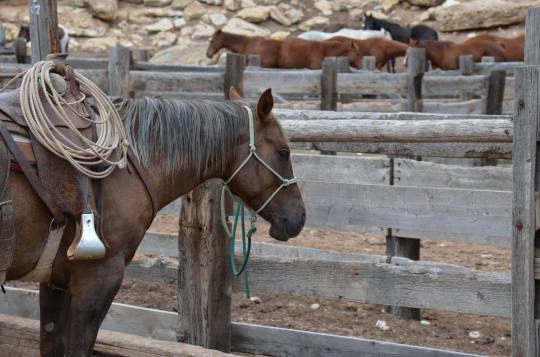#sexsegragation
Explore tagged Tumblr posts
Text
Featureless Paddock

I will now return to the notional experiment that launched the hypothesis of the social gene: the featureless paddock that allowed the interpretation that a proximity reward caused some varieties of sheep to congregate together. When I discussed it originally, I did not explain that the purpose of those experiments had been to test whether the two genders formed single-sex groups. Perez-Barberia and co-workers showed conclusively that feral Soay sheep formed separate groups based on gender within a symmetric paddock in conditions that precluded estrus. Segregation did not occur within any single-sex group, including groups composed of mixed small and large animals that might be expected to exhibit size-dependent activity differences. On the other hand, strong and nearly equal segregation occurred in a random mixed-sex group and in a similar group that contained only animals that were of approximately the same size in both genders; i.e. relatively large females and small males. Foraging and resting synchrony of the mixed-sex groups was also significantly lower than those of single-sex. Since there was no size dimorphism in one of these categories, they concluded that it was not responsible for segregation. On the other hand, the observations were consistent with their alternative hypothesis that social affinity accounted for the formation of the single-sex flocks. This simple observation fulfills the definition of a reward that is conferred on each gender separately and provides the underlying basis of sexual segregation; it may be described as a “homosocial proximity reward”. A definitive experiment or observation need not be complicated; indeed, some of the most dramatic events in scientific history have been no more than simple observations. When Galileo watched objects of different size and density falling from the leaning tower of Pisa at the same rate, he reshaped the principal claims of ancient Greek philosophers. When Eddington, at Einstein’s instigation, observed that stars modified their apparent position when their light passed close to the sun during an eclipse, he confirmed both the special and general theories of relativity. The featureless paddock experiment is not one of those categories, but, in its small way, it has opened the door to a reevaluation of animal sociality. It showed that animals associate spontaneously without an external stimulus, that they separate by gender and that this is not caused by differences in size. Perez-Barberia- “One possible explanation of the results of our study could be the social affinity hypothesis (Bon et al. 2005, Conradt 2005, Michelena et al. 2005). But, why should animals show an affinity for animals of the same sex?” Bon- “Mechanisms proposed to explain social segregation in children, and data collected on behavioural development and social interactions in other mammal species inspired the social affinity hypothesis” One can glean from these discussions that a few experimental investigators have moved beyond the millstone imposed by evolutionists, in order to explain their field observations. In particular, Bon et al. have broken the taboo of comparing animals with humans. Their conclusions do not directly address kin selection, but they do discuss social affinity without reference to it. Read the full article
0 notes